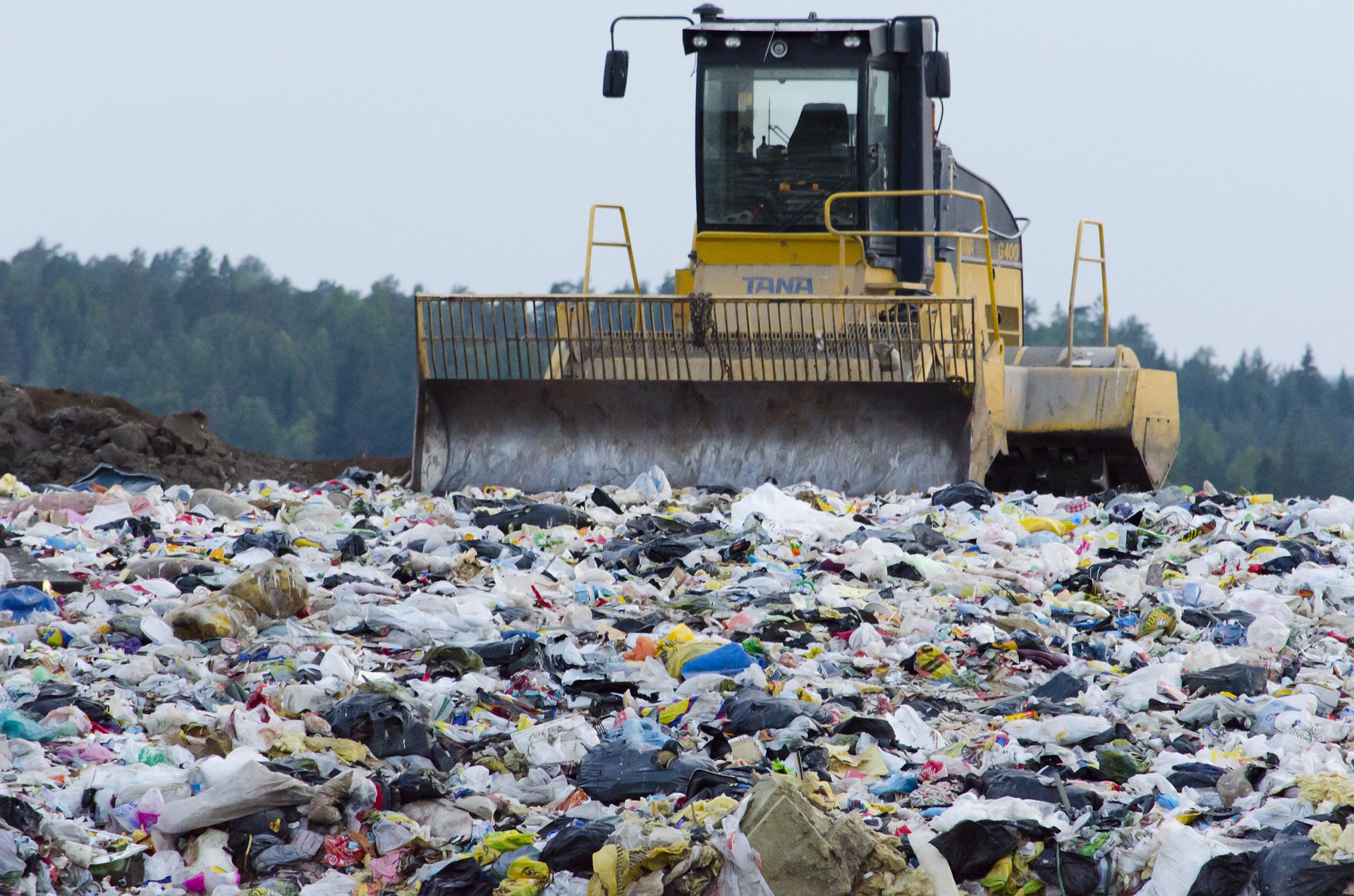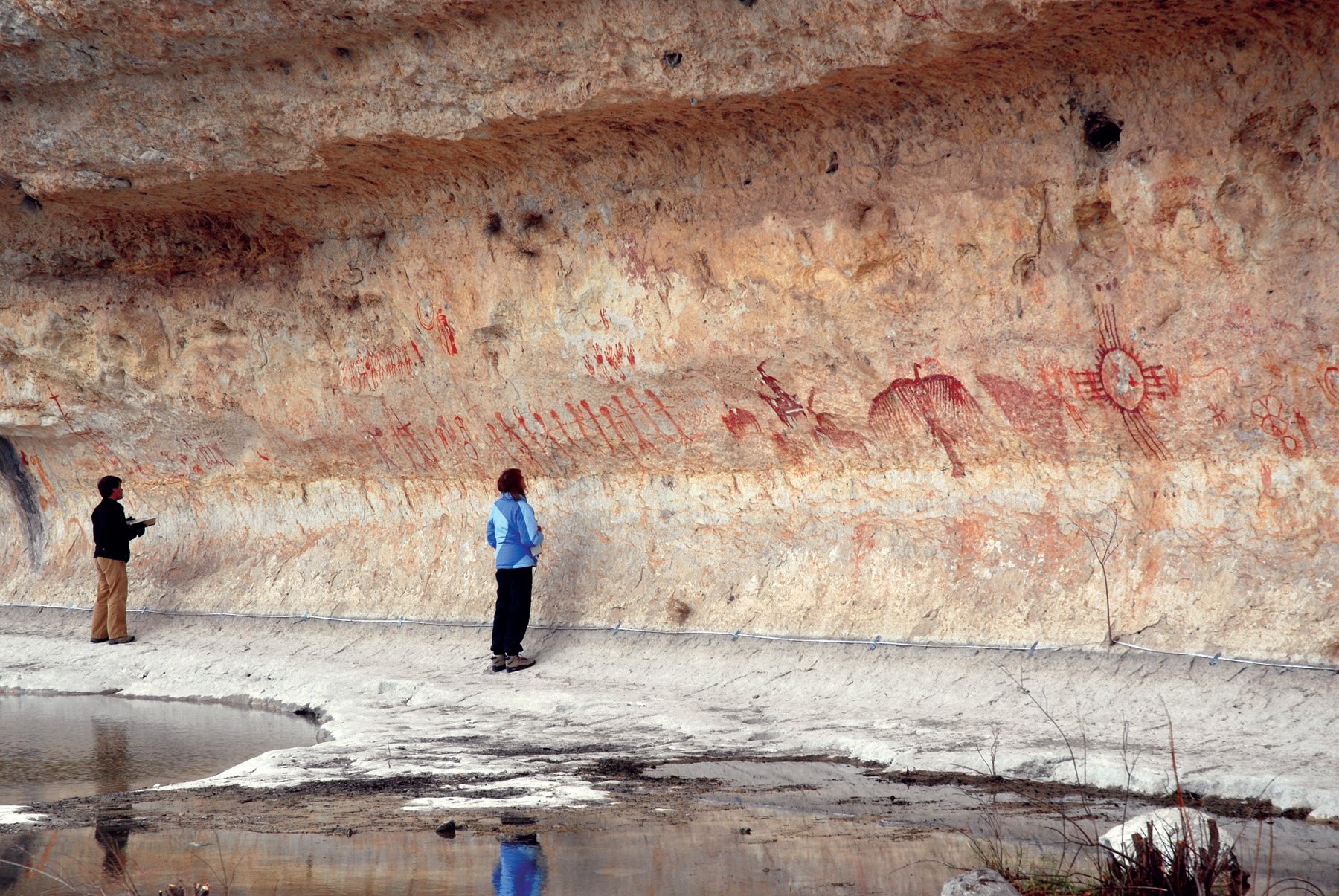Warmer, saltier polar water could change global ocean currents
Melting ice shelves are changing the ocean’s chemistry at the South Pole and the result could be a change in global currents and increased glacial melt, according to scientists who are creating maps to feed into climate change models. At the North and South Poles, cold dense water sinks, powering the so-called global ocean conveyor belt, … Read more





